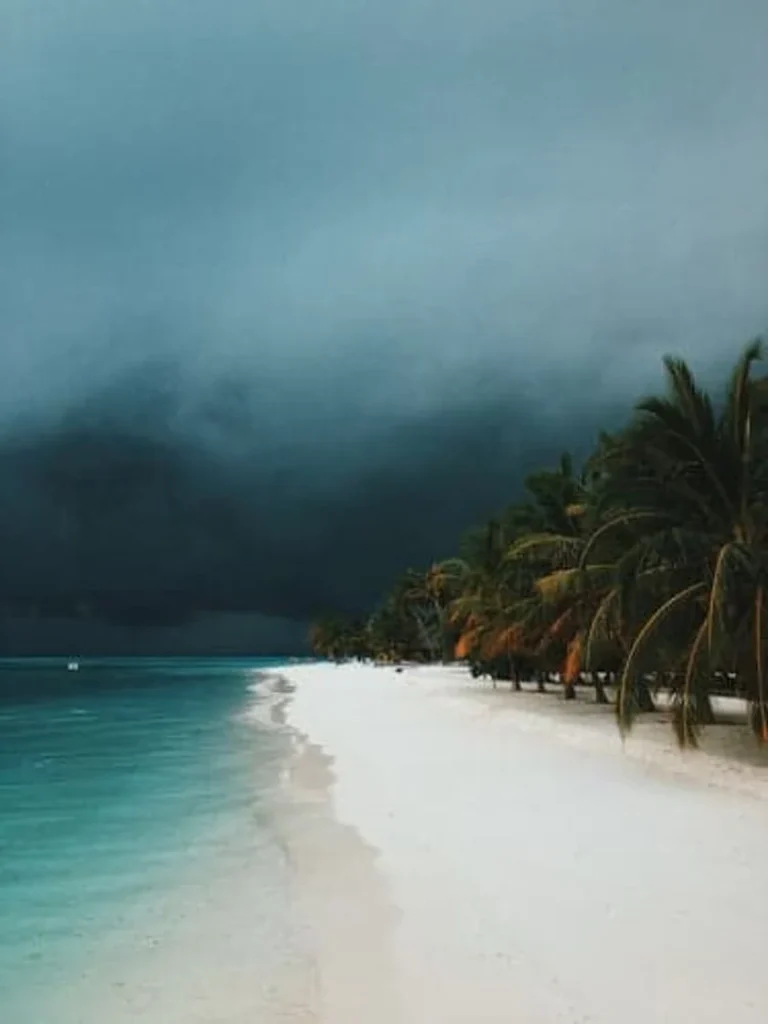Tropical storm season has rushed in with a vengeance and if you are fortunate to live in a part of the country that hasn’t felt mother nature’s wrath as of yet, stop what you’re doing, grab a pen and paper or get out your smartphone because if you don’t have a tropical storm survival plan in place, you’re already behind.
Surviving a Tropical Storm
Having a solid survival plan in place, coupled with a comprehensive and up-to-date survival kit increases your chances of successfully waiting out emergency help and mitigating any damages you and your family could face. Ready? Let’s get planning.
Step 1 – Create an Evacuation Plan
If there is a threat of a storm surge, where are you going to go? There are a number of factors to consider when you are creating your evacuation plan:
- Where is your evacuation meeting place? How far is it from you? If there is no shelter, how will you provide yourself (and your family) with some?
- Is your safe spot on high enough ground that you won’t be threatened further by a storm surge or floodwaters?
- Do you have a reliable mode of transport to get yourself to your safe spot?
- Remember that in a storm, a recreational vehicle should not be considered in your plan – These are not safe places to shelter in the wake of tropical storms or high winds.
- Are you prepared to live without power or to have zero access to a cell phone or internet for an extended period of time?
Your evacuation plan needs to be thorough, with as many ‘worst-case scenarios’ taken into consideration as you can. The last part of this step is effectively communicating this plan with everyone living in your household, as well as close friends and loved ones so they know where to look for you.
Step 2 – Build a Comprehensive Emergency Kit
It’s a good idea to buy a survival kit, and then customize it according to you and your family’s specific health needs. Here are a few things you’re going to want to consider when you’re putting together your tropical storm survival kit:
- Does your kit have enough food and water to last for a minimum of two weeks?
- Does your kit include a power source, like extra batteries, pre-charged power banks or solar/crank-powered batteries for any cell phones or electronic devices you may need for communication?
- If you have mobility and/or health aids, do you have extra batteries or a means to charge them up?
- Do you have a minimum of a month’s supply of your prescriptions stored away somewhere dry and safe?
- Do you have copies of medical records, financial records, identification, and important receipts stored in a water-tight container or bag?
- If you have children, do you have family pictures, stuffies, favorite blankets, or anything else that might bring them comfort in an emergency situation?
It’s important to remember that depending on the severity of the storm, the supply chain in your region could be drastically interrupted. Being able to access something as important as a prescription medication could become impossible for the first few weeks, so you definitely want to make sure you’re covered and won’t run out.
Step 3- Update Your Emergency First Aid Training
This is something everyone should be doing on a regular basis, but somehow, it slips through the cracks. If you don’t know how to clean and dress a wound properly, complete basic stitches, attend to someone with a concussion, know the signs of shock, or perform CPR, you are not prepared in any way, shape, or form to survive the aftermath of a hurricane, tropical storm or any natural disaster. Critical medical assistance could be days away, and time is precious. If you have an infant or small children, you need to take infant and child first aid, on top of your regular first aid training. Along with your survival kit, first aid training will easily become the best investment you can make when it comes to your survival plan.
Step 4 – Sign- Up for Local Alerts
Most regions of the country have an emergency alert system, but many of them have a service you can sign up for that will ping your phone directly if there is an emergency of any sort. Make sure you sign up for those local alerts so you can get a lay of the land when you head out to your safe spot.
Supply chains are one of the first things to go down when there’s a tropical storm. If you don’t have the basics tucked away in your emergency survival kit, you’re going to be hard-pressed to find them when the stores are damaged or permanently closed due to flooding or worse. Make your shelter plans, communicate them with your friends and family, stock up and customize your emergency kit, and prepare for the worst; There is always sunshine after the storm, you just need the right tools and wherewithal to ride it out effectively.
As Always:
Stay Safe. Be Prepared. For Life.

